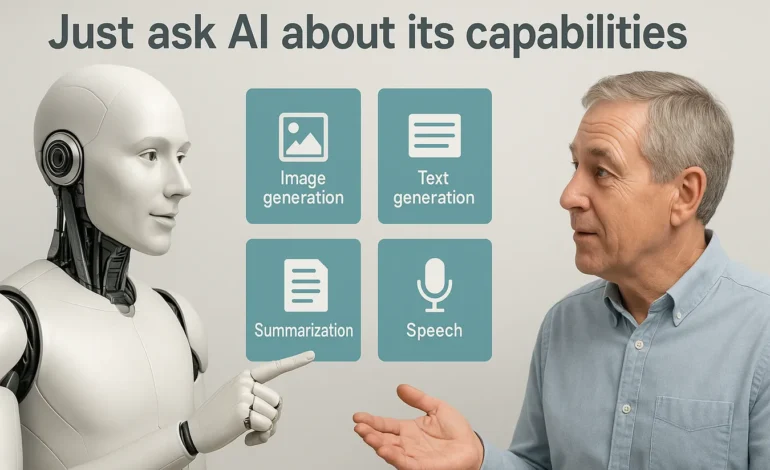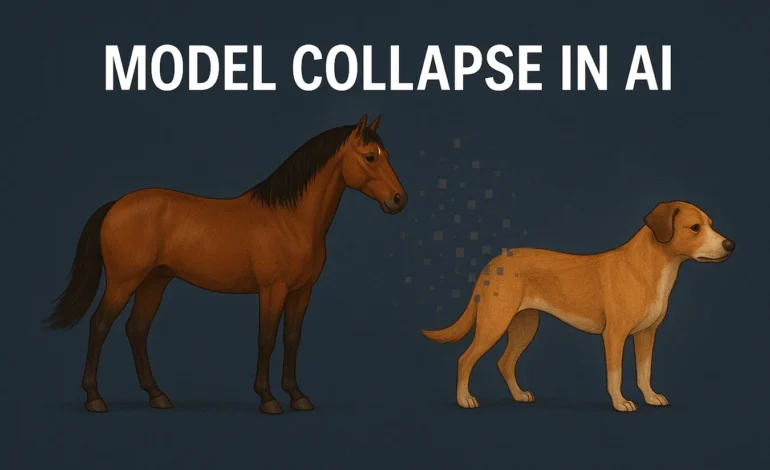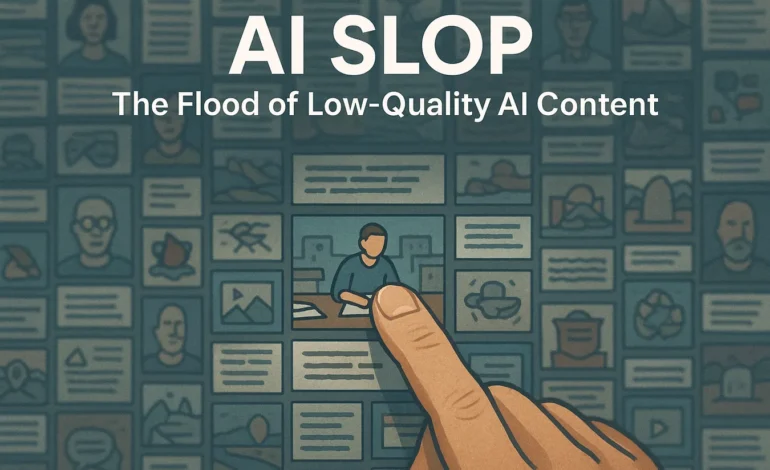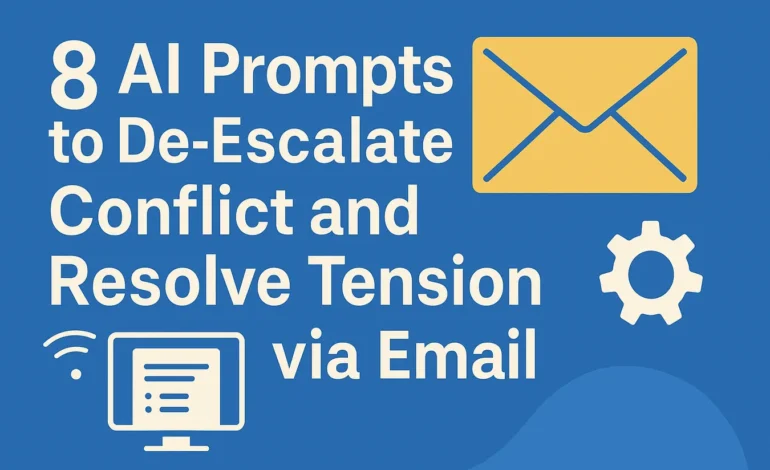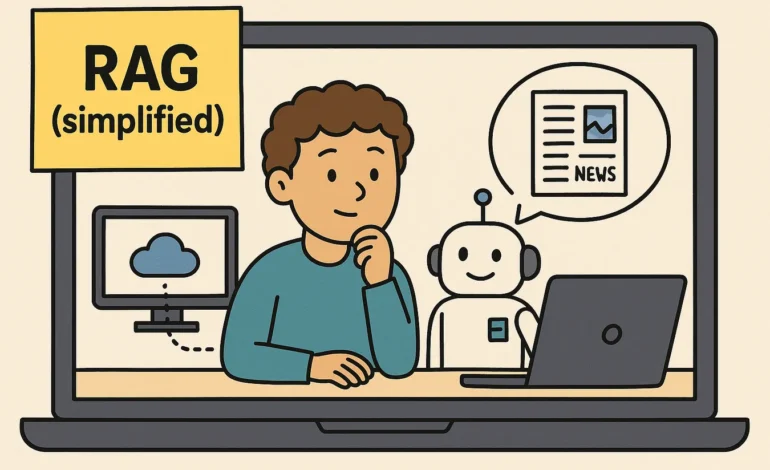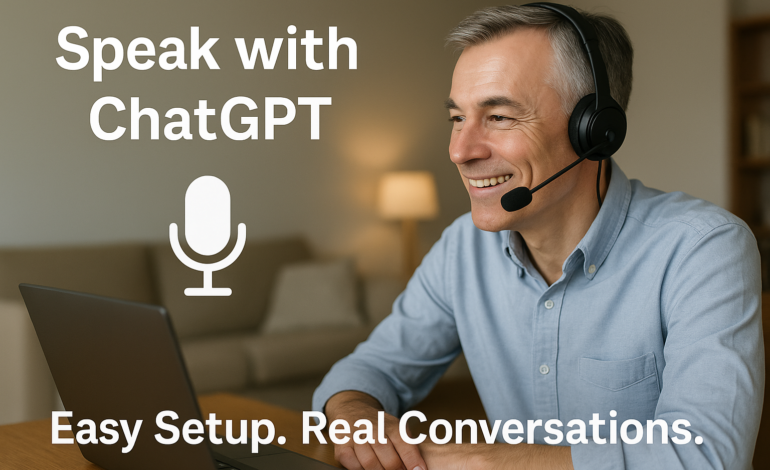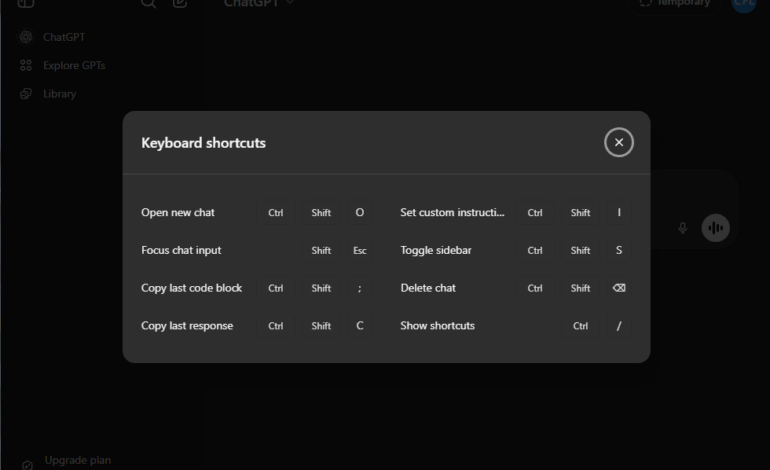
Turn Meetings into Momentum with AI Summaries
How AI Summarizes Meetings: Tools, Prompts, and Best Practices
Most meetings are forgotten before the next one starts. Action items slip through the cracks. Key points go undocumented. And someone always gets stuck transcribing a chaotic mess of half finished thoughts and parallel conversations. But AI is quietly changing that, turning meetings into searchable, structured knowledge.
Whether you’re using Zoom, Teams, or Google Meet, AI summarization tools now offer real time transcripts, topic breakdowns, speaker attribution, and even automated task lists. No more sifting through 90 minute recordings. The value isn’t just speed. It’s clarity, continuity, and consistency.
- Core Value: AI turns chaotic audio into structured, searchable knowledge and action item lists.
- Preparation is Key: AI summaries improve dramatically when you provide a clear agenda and meeting title beforehand.
- Challenge: AI captures language but misses critical nonverbal cues, sentiment, and strategic nuance.
- Compounding Value: Centralizing AI summaries builds institutional knowledge and prevents repeating past discussions.
Preparation: How to Get Smarter AI Summaries
But just hitting “record and summarize” isn’t enough. To truly get useful AI generated summaries, you need structure before the meeting, context during it, and review afterward. Otherwise, the output reads like a bland script or, worse, misses the nuance entirely.
Otter.ai, Fireflies, and Zoom’s Smart Summary all use large language models to summarize meetings. Their accuracy and tone improve dramatically when the meeting has a clear agenda and defined speakers, proving that **human preparation still governs AI output.**
Think of AI like a meeting analyst. It listens well, but it needs direction. Here’s how to give it that direction before the call even begins: Use clear meeting titles (e.g., “Q3 Sales Forecast – Internal Alignment” instead of “Weekly Touchpoint”). Send an agenda in advance, as AI tools can pick up on section transitions and reference them in summaries. Finally, introduce speakers clearly if you’re in a group setting, as the system uses audio or name tags to assign quotes.
In short: the better you frame the input, the better the AI frames your output.
Prompting: From Transcript to Actionable Output
Now comes the real power: what you do with the AI summary. A good system doesn’t just transcribe. It helps you act. The best summaries highlight decisions made, open questions, deadlines, and responsibilities. That depends on how you configure your tools, and how you prompt them.
Prompts for Structure and Clarity
The core use case for AI is enforcing structure. Use the following prompts to immediately turn a chaotic transcript into organized lists and professional documentation.
Scenario: Weekly Standup Summary
Summarize the meeting in bullet points, categorized by team. Highlight blockers, completed tasks, and next actions. Remove small talk or personal comments.
For external communication, the structure needs to be formal and concise. The following prompt helps you draft a client facing email based on decisions made during the call.
Scenario: Client Call Email Draft
Draft a summary email based on the meeting transcript. Include a short intro, a bullet list of key decisions, and action items. Keep the tone professional and brief.
To ensure long term organizational memory, you must format summaries for your internal databases. This prompt standardizes the output for platforms like Notion or Confluence.
Scenario: Knowledge Base Entry
Format the following meeting summary for entry into our internal knowledge base. Use clear headings, a brief context intro, and bullet points for decisions, follow-ups, and reference links.
Limits: What AI Misses and the Human Role
Still, AI meeting tools aren’t magic and they’re not mind readers. While they can capture words with impressive accuracy, they often miss what’s between the lines. Nonverbal cues, sarcasm, tension, or subtle hesitations usually get flattened or ignored entirely. The result? A technically correct summary that misses the emotional or strategic weight of what was said.
LLMs summarize language, not sentiment. If a stakeholder said “Let’s try that” while visibly doubtful, the summary won’t catch it. You still need to think, interpret, and adjust. This is why human review remains critical for high stakes discussions.
Prompts for Strategic Insight and Sentiment
Because AI misses tone, you must prompt it specifically for emotional or strategic insight. These advanced prompts force the model to analyze the text for indications of disagreement or urgency, rather than just factual decisions.
Scenario: Sentiment Focused Recap
Summarize the meeting with an emphasis on emotional tone. Note where speakers were excited, skeptical, or hesitant. Label major comments by speaker and suggested follow-up tone.
Leaders and executives need context, not transcripts. This prompt ensures the summary focuses only on business impact and potential points of friction that require high level follow up.
Scenario: Executive Summary for VP
Summarize this internal strategy session for a VP who didn’t attend. Focus on business impact, decisions made, and tensions or disagreements that may need follow-up.
Compounding Value and Tool Choices
A series of AI summaries becomes **institutional knowledge**. By centralizing these insights, teams move forward faster. This is achieved through proper document handling: Use PDFs for structured, formal meetings as the format preserves headers and speaker segmentation. Use plain text for speed and collaborative edits.
- Otter.ai: Great for transcripts and simple summaries. Solid integration with Zoom and calendar.
- Fireflies.ai: Ideal for action items, speaker tracking, and integrating with CRMs.
- Zoom Smart Summaries: Native and improving fast, but still benefits from structured agendas.
Pro tip: After your AI delivers a draft, do a fast 3 minute pass: 1. Cut anything irrelevant or redundant. 2. Correct names or confusion from audio. 3. Add emotional or strategic context the AI missed.
Always inform participants if you’re using AI for transcription or summarization. Even if your tool is automatic, transparency builds trust and protects you legally.
FAQ: AI Meeting Summaries
Q How can I improve the accuracy of my AI meeting summary?
The best way is to provide structure: use clear meeting titles, send a detailed agenda beforehand, and introduce speakers by name so the AI can assign quotes correctly.
Q Does AI capture emotion or sentiment in a meeting?
No. AI models primarily summarize language and facts. They often miss nonverbal cues, subtle hesitation, or sarcasm. Human review is required to interpret the true strategic or emotional tone of the discussion.
Q Is it better to upload a PDF or copy and paste the transcript?
For long, complex meetings, uploading a structured PDF is better, as the format preserves headers and speaker segmentation. For fast, collaborative edits, clean plain text pasted into a chat interface works best.
In a Nutshell: Meetings as Momentum
AI can transform your meetings from forgettable into functional. But the key isn’t just recording. It’s structuring, prompting, and reviewing. With the right setup, AI doesn’t just summarize. It surfaces what matters. And that’s when meetings become momentum.



